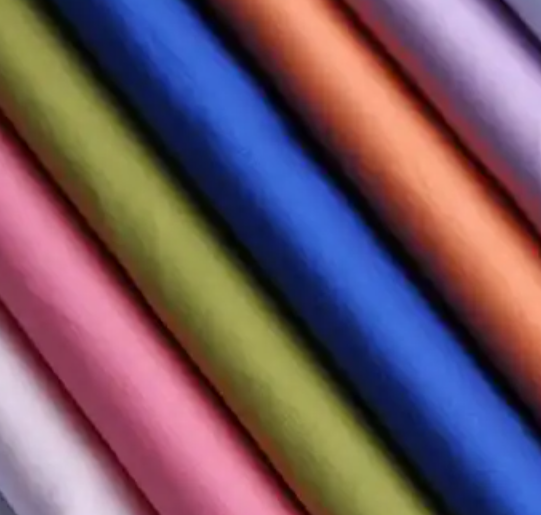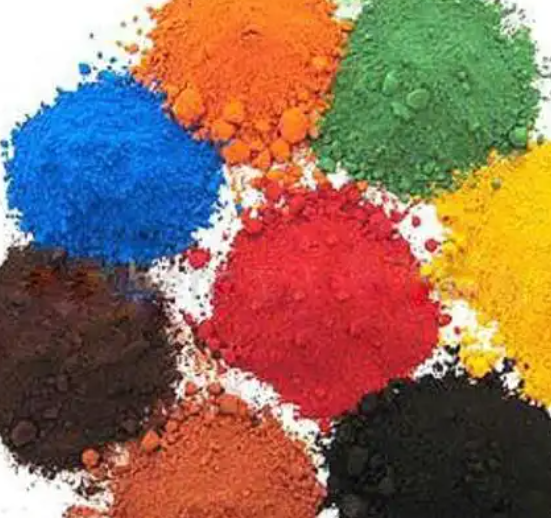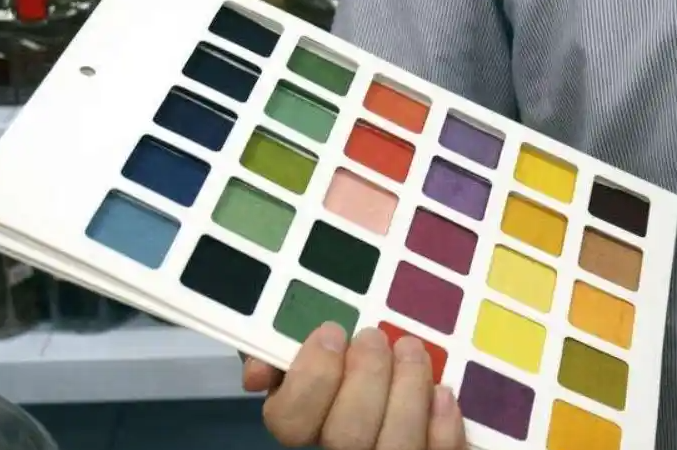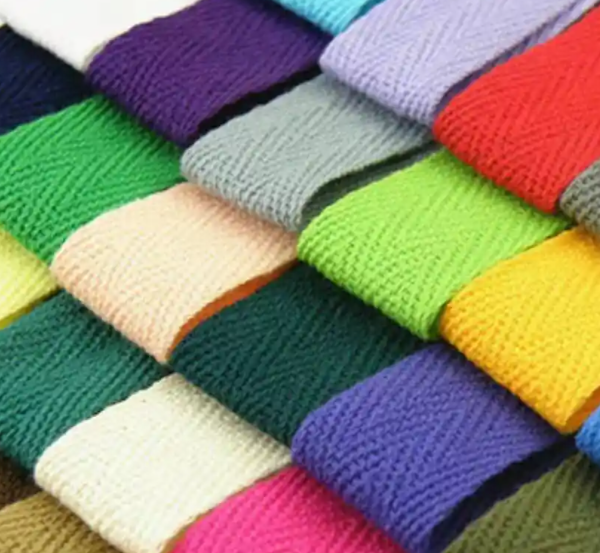What is printing and dyeing? What are the dyes and dyeing methods
Release time: 2025-04-22
What is printing and dyeing? What are the dyes and dyeing methods
Printing and dyeing is a comprehensive process of textile processing, such as adding patterns and designs to textiles, changing the color of textiles, and related pre-treatment processes.

Direct dye dyeing
Direct dyes generally dissolve in water due to the presence of water-soluble functional groups in their molecular structure. There are also a few dyes that require the addition of some soda ash to help dissolve. They can directly dye fibers such as cotton, linen, silk, wool, and viscose without relying on other additives, so they are called direct dyes. Direct dye chromatography is complete, the color is bright, the price is low, the dyeing method is simple, and the color is uniform, but its color fastness to washing and sun exposure is poor. Except for light colors, fixing treatment is generally required.

Reactive dye dyeing
Reactive dyes are water-soluble dyes that contain one or more reactive groups (also known as reactive groups) in their molecules. Under certain conditions, they can chemically bind with hydroxyl groups in cellulose, protein fibers, and amino and amide groups in nylon. Therefore, reactive dyes are also known as reactive dyes.

Vat dye dyeing
Reductive dye (trade name Shilin dye) is insoluble in water. When dyeing, it needs to be reduced and dissolved in an alkaline reducing solution to form the sodium salt of the chromophore before it can be applied to the fiber. After oxidation, it is transformed back into its original color lake and fixed on the fiber. Reductive dyes have a complete spectrum and bright colors, and are among the dyes with excellent properties, especially in terms of light and wash fastness, which are inferior to other dyes. However, they are expensive, with few red varieties and poor color fastness to friction when dyeing heavy colors. Some yellow and orange dyes have photosensitive brittleness, which limits their use to a certain extent.

Soluble vat dye dyeing
Soluble vat dyes, also known as indocyanine dyes, are mostly derived from vat dyes. Soluble vat dyes are soluble in water and have a certain affinity for cellulose fibers. The dyes have good diffusion and uniformity, high color fastness to friction, and good color fastness to sunlight, washing, and sweat stains.
sulfur dye
Sulfide dyes contain sulfur, which cannot be directly dissolved in water, but can be dissolved in sulfide bases, hence they are called sulfide dyes. Sulfur dyes are easy to manufacture, inexpensive, have a simple dyeing process, convenient color matching, and good color fastness. However, the chromatography is incomplete, mainly blue and black, and the color is not bright, which has a brittle effect on fibers.
Acid dye dyeing
Acid dye molecules contain acidic groups such as sulfonic acid and hydroxyl groups, which are easily soluble in water and ionize into dye anions in aqueous solutions. Acid dyes have bright colors, complete chromatography, simple dyeing process, and easy color matching.

Disperse dye dyeing
Disperse dyes are a type of non-ionic dye with small molecules, simple structures, and no water-soluble groups. Therefore, they are difficult to dissolve in water and require the use of dispersants to evenly disperse them in a small particle state in the dye solution during dyeing. Therefore, they are called dispersed dyes. Disperse dyes have complete chromatography, a wide variety, good covering performance, and a wide range of applications, especially suitable for dyeing polyester, acetate fibers, nylon, and other materials.

 Suzhou-Jiangsu-China
Suzhou-Jiangsu-China +0512-63373373
+0512-63373373 info@shangyutex.com
info@shangyutex.com
